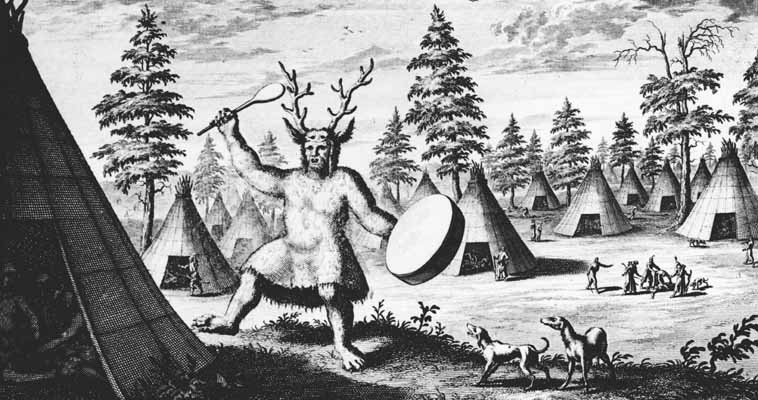Spirit Worship: The Foundation Of All Spirituality
When early humans first contemplated their universe—the living world around them along with the night sky, the wind, the depths of waters, and their own dreams—they determined that unseen spirits were at work in and behind everything they saw. Eventually groups all around the world who had no contact with one another independently developed supernatural beliefs that centered on the respect, fear, or worship of spirits, often including the ghosts of their own dead ancestors and other loved ones. Rituals inspired by these beliefs included ceremonial interment of the dead, sacrificial offerings of food and other goods to disembodied beings, magical procedures for the handling of animals killed during a hunt, and an array of other actions taken to maintain the goodwill of the spirits.
These similar belief systems together are known as animism, and they formed the foundation of all later, more “sophisticated” religions. However, not only does animism continue among some native peoples of the 21st Century, but contemporary religions are still nourished by their hidden animistic roots. In fact, in Hinduism as well as in Buddhism as it is practiced in many countries, animism is not hidden at all, but openly and tightly entwined.
Animism believers, or animists, live in an enchanted world of unseen spirits, some of whom are friendly, and others who can be dangerous or even deadly. In native cultures, spiritual specialists called shamans often help people to manage their relationships with supernatural beings. For this reason animism is sometimes also referred to as “shamanism.”


